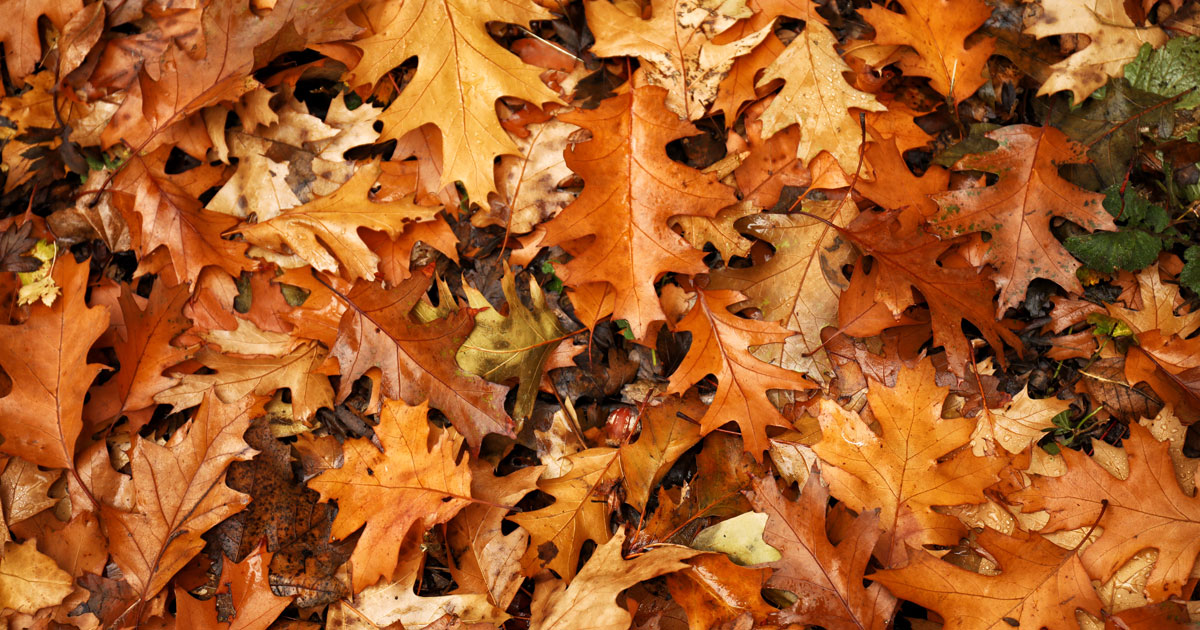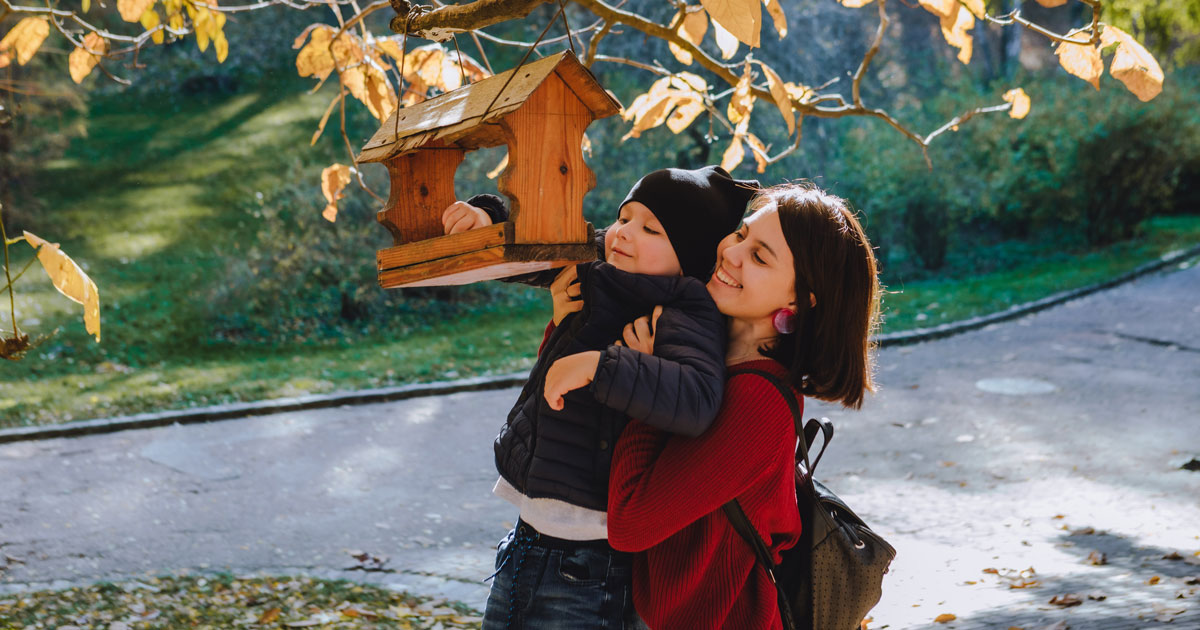5 ways to cultivate a living landscape
October 31st, 2023
By Megan Burton
This is an excerpt from the Fall/Winter 2023-2024 issue of the Upstate Advocate, Upstate Forever's twice-yearly publication. To read a digital copy of the complete publication, please click here.
Whether your space is a large and luxurious lawn, a compact apartment balcony, or a plot in a community garden, you don’t need to take on daunting projects to make your property a welcoming habitat for local wildlife. Try one or more of these simple projects to make your property more nature friendly and full of life.
Ditch the manicured lawn
Across the United States, the movement to replace high-maintenance and costly exotic grass lawns is taking root. You can begin to adopt this approach by swapping a manicured lawn that requires frequent mowing to a naturalistic meadow planting of native grasses, such as little bluestem, purple top, or broomsedge.
This more natural approach to groundcover will improve the habitat value of your yard while only requiring an annual mowing. Plus, their bronze foliage fluttering in the autumn breeze provides a stunning aesthetic completely unique to native grasses!

Leave the leaves
That’s right, we’ll give you an ‘out’ on this tedious autumn task. Leaving spent foliage in place has many benefits, including a healthier lawn. Just mow over a thin layer of leaves to help them return nutrients to the grass and soil underneath — in addition to providing important habitat for overwintering wildlife and free mulching and compost material. Plus, you’ll save countless hours of bagging leaves or listening to the incessant whirr of a leafblower!
Plant more native species
Consider utilizing native plants for a cost-effective, low-maintenance yard that flourishes. Because plants native to our eco-region are well-adapted to its climate, geography and hydrology, they often require no irrigation or fertilizer, can help control stormwater runoff and contribute to water quality, and can provide an optimum habitat for wildlife including butterflies and songbirds.
Native plant resources
Joining the Upstate Chapter of the South Carolina Native Plant Society (SCNPS) grants access to invaluable resources, including monthly meetings, field trips, workshops, and more. Plus, the SCNPS hosts a spring and fall native plant sale each year where you can purchase from a selection of dozens of species of flowers, shrubs, grasses, vines, and specialty plants. Learn more at scnps.org
The Clemson University Cooperative Extension, or Clemson Extension, manages robust libraries of resources in their online Home & Garden Information Center and Carolina Yards Plant Database. You can also attend in-person events and workshops on various topics, as well as speak to local Extension Agents located in each county. Learn more at clemson.edu/extension
Convert scraps into compost
Did you know that more than 30% of the waste Americans throw away could actually be composted instead? Composting your own food and compostable household waste is a fantastic way to keep these materials out of landfills, where they take up space and release greenhouse gases, while creating a healthy, rich supplement for your garden and landscaping.
You’ll need to balance “browns” (carbon-rich materials, such as dead leaves, branches, and twigs) and “greens” (nitrogen-rich materials, such as grass clippings, vegetable waste, fruit scraps, and coffee grounds) and keep these ingredients moist and mixed to enjoy a rich soil additive in no time. Click here to learn more in a guide from UF partner Sustaining Way

Provide shelter, food, and water sources for wildlife on your property
Do you long to listen to birdsong in the morning, watch the delicate flutter of a butterfly, or hear shrieks of delight as the kids spot a skittering lizard in the backyard? You can help encourage these visitors to stick around by supplying resources they need to thrive. Consider installing bird houses, bat boxes, “toad abodes,” or other shelters. Provide a variety of food sources including native plants, berries, fruit trees, and bird seed, as well as a clean water source for drinking and bathing.
Become a certified wildlife habitat
Once you’ve completed the projects above, you’ll be well on your way to achieving “Palmetto Wildlife Habitat” status, a recognition bestowed by the South Carolina Wildlife Federation via the National Wildlife Federation.
To become certified, ensure your habitat provides food, water, shelter, and places to raise young, and implements sustainable practices with a goal of 50- 70% native plants that provide multi season bloom. Learn more at scwf.org/habitat-landing-page

